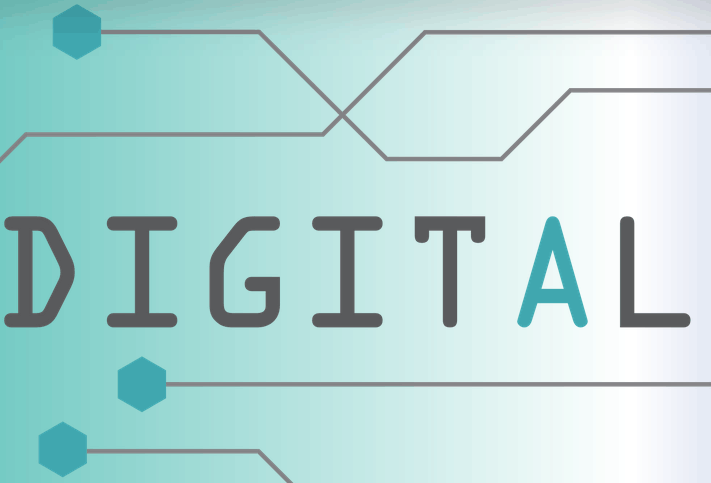
| Short descriptor of good practice |
| This project aimed to contribute to minimise the risks and promote equal access to civic participation and also to respond to needs already identified in the area of digital and ICT skills. These needs are as much the needs of seniors as there are needs at the level of capacity building of people working with the elderly population (for example in the use of adapted teaching materials and methods). It is intended to empower this most vulnerable group with regard to the use of new ICTs, ensuring the availability of a stable and replicable educational offer, both for the recipients themselves and for the educational providers working with them. |
| Type of setting where good practice is delivered |
| NGO, adult education |
| Time Frame for delivery of good practice |
| The competence framework is divided to 6 modules: ● Module 1: Information & Data Literacy ● Module 2: Communication and Collaboration ● Module 3: Digital Content Creation ● Module 4: Safety ● Module 5: Problem Solving ● Module 6: Media Literacy |
| Type of learner the best practice is supporting |
| Seniors, people working with elderly population (education providers) |
| Resources used as part of good practice |
| Webpage of the project: https://digitaliseme.eu/en Trainers’ Guidebook: https://ec.europa.eu/programmes/erasmus-plus/project-result-content/db27fc50-21ac-42eb-8522-7d99f6c660f8/DigitaliseMe_IO2_A3_Trainers__Guidebook.pdf All Modules: https://ec.europa.eu/programmes/erasmus-plus/project-result-content/b6434d60-0296-41bf-9f33-66066da93c46/DIGITALISE_ME_Framework_All_Modules.docx.pdf |
| Aims and objectives of good practice |
| The main objective of this project was to respond to the needs previously identified, i.e. to contribute to ensuring equal access of the older population to dignified civic and social participation, thus minimizing the risk of digital exclusion. This is done by empowering seniors in the area of new technologies and ICT, and by equipping education providers with appropriate tools, materials, knowledge and methodologies in the area of andragogy. Aims 1. To suggest innovative methodologies for educating and training older adults in order to improve their digital and ICT skills. 2. To improve the access of older adults to quality training and education by enhancing cross-sectorial cooperation at local level. 2. To upgrade instructional and educational competences of adult educators working with older adults by developing and deploying a blended training course. Objectives · Develop the framework and methodology of the blended training course for older adult learners · Develop the contents and materials for the blended course. · Design the guidelines and workshops for trainers who will implement the course in partner countries. · Pilot the blended course for older adult learners: 10 older learners from each partner organization · Take part in testing the course. |
| Evidence as to why this was considered good practice |
| It was selected for Good practice example on Erasmus Plus webpage. https://erasmus-plus.ec.europa.eu/projects/search/details/2019-1-PT01-KA204-060701 |
| 3 Key learning Principles that were used in this good practice to support senior learners |
| 1. Digital safety awareness 2. Adaptive learning 3. Data Literacy and digital citizenship |
| Any additional learning that we can take from this good practice example |
| This project’s main objective was to develop new methods and techniques to improve the basic digital skills of seniors, motivating and promoting their active participation in social processes. For this purpose, a platform was developed, which contains two major results of this project: – A “Basic Digital Life Package” – A blended training course program and learning materials. |
| Any Additional Information |
| / |
